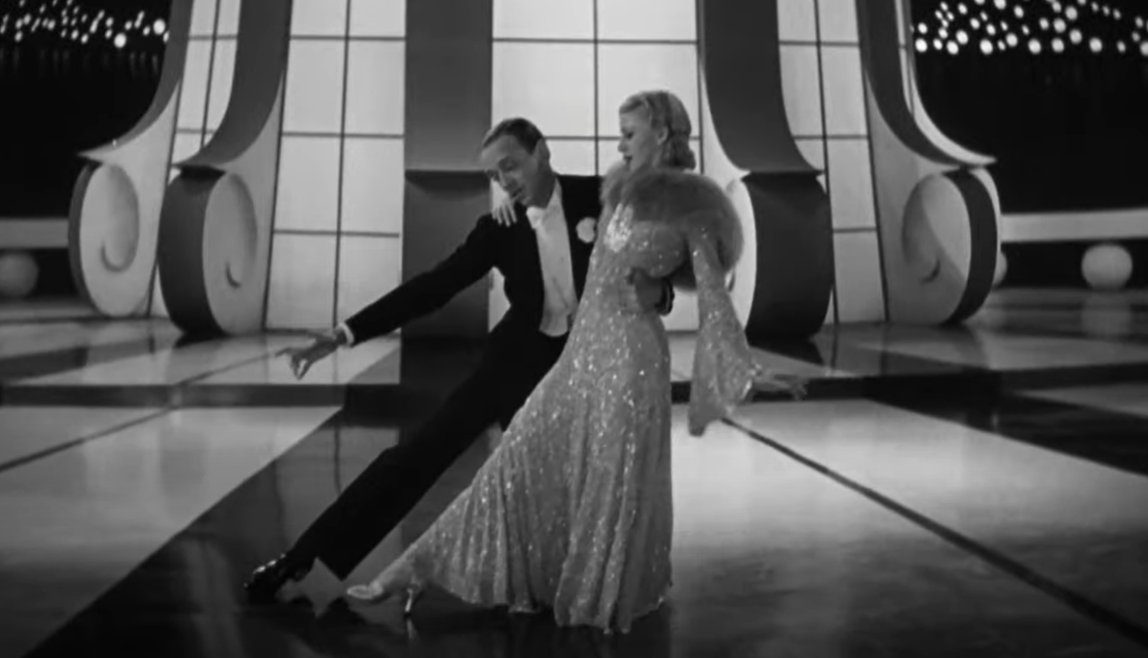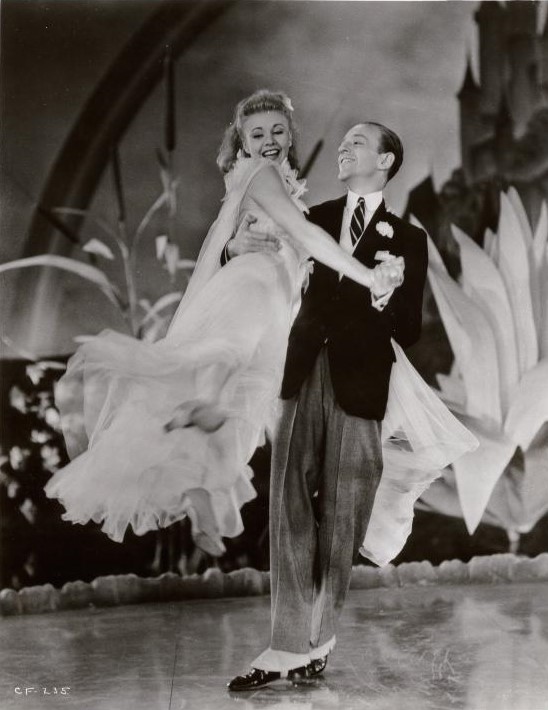Authors:
Historic Era: Era 8: The Great Depression and World War II (1929-1945)
Historic Theme:
Subject:
Summer 2024 | Volume 69, Issue 3


Authors:
Historic Era: Era 8: The Great Depression and World War II (1929-1945)
Historic Theme:
Subject:
Summer 2024 | Volume 69, Issue 3

In the winter of 1933, the United States was at the height of the Great Depression. The unemployment rate had reached a staggering 24.9% and close to thirteen million people were out of work. Even elegant Central Park was considered a shanty town, more prominently known as a “Hooverville,” and serving as an encampment for the homeless. But the daily economic struggles did not prevent Americans from making the trek to their local theaters to see the latest musical from Radio-Keith-Orpheum (RKO) Studios, Flying Down to Rio.
With eclectic and extravagant Busby Berkley musicals being the rage, RKO, considered one of the “Big Five” studios, opted to gamble on their own costly musical. Flying Down to Rio starred Dolores Del Rio and Gene Raymond, but it was not them who audiences were flocking to see. Instead, it was Ginger Rogers and Fred Astaire, who received fourth and fifth billing, and enthralled moviegoers with their brief dance, “The Carioca.” Hermes Pan, the young assistant to dance director Dave Gould, suggested that the two emulate the lyrics and put their foreheads together while dancing; the moment their eyes locked, the magic radiated.
“It became apparent, immediately at the first preview, that they were audience favorites,” recalled RKO producer Pandro Berman in 1979. “They had stolen the picture.” Advertisers hailed the “King and Queen of ‘The Carioca,’” and RKO immediately began making plans to capitalize on Astaire and Rogers. Flying Down to Rio marked the beginning of one of Hollywood’s most memorable and enchanting partnerships. Over six years, Astaire and Rogers made nine films at RKO, bringing in more than $20 million and saving the studio from bankruptcy during the Depression. “Audiences hungered for something kind and romantic, and, not to mention. melodic. Their films delivered, as did their chemistry and exceptional talents,” says Astaire’s grandson, Tyler McKenzie.
When they made their first movie together, the two were hardly strangers, having met three years earlier when both were starring on Broadway. At that time, Astaire was ensconced in a successful partnership with his elder sister Adele, and the teenaged Rogers was a fast-rising star. Ninety years after becoming the first dance team to grace the silver screen, the names Astaire and Rogers remain synonymous with one another, and they continue to beguile cinephiles and inspire dancers. Yet this masterful film partnership was not planned; it was a twist of fate, or, as Rogers described it, “a wonderful happening.”
When Astaire was assigned to Flying Down to Rio, it was only his second movie and his first at RKO, but